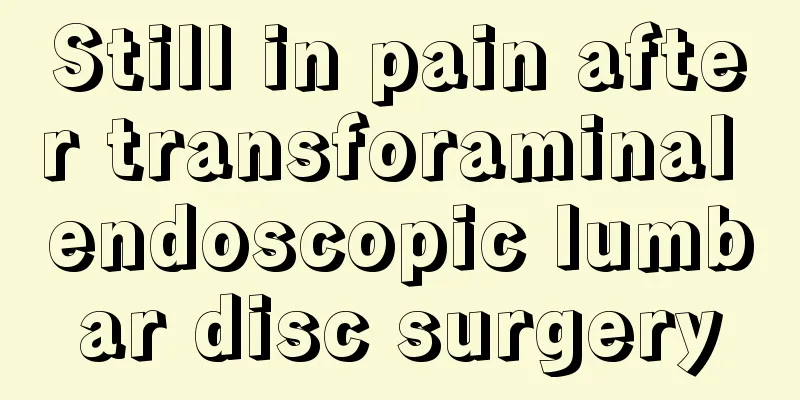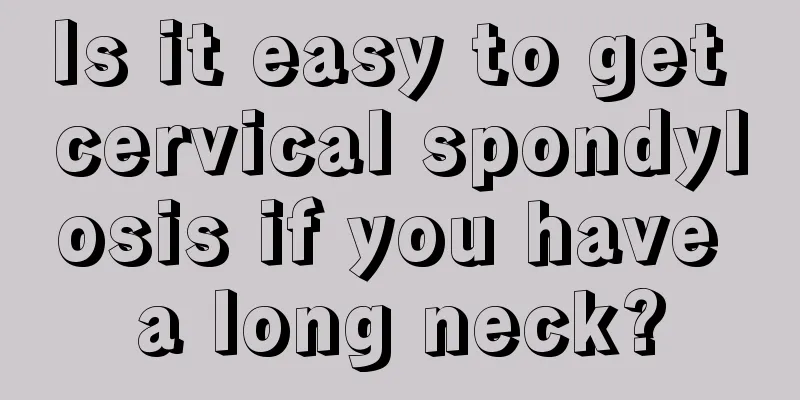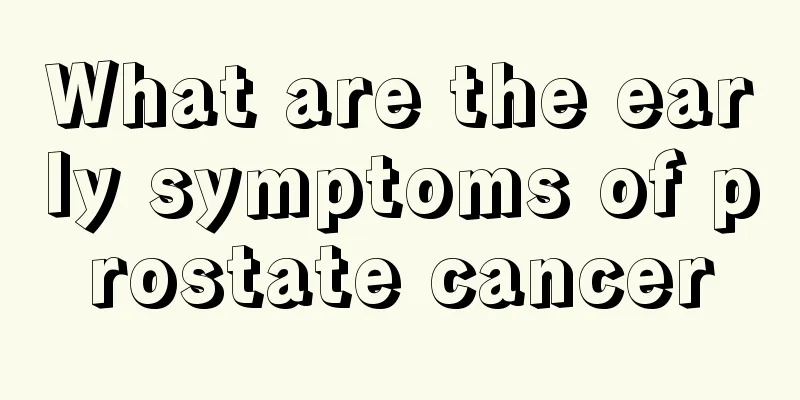Still in pain after transforaminal endoscopic lumbar disc surgery

|
It is abnormal to still have lumbar pain after intervertebral constriction surgery. It may be due to the failure of the operation, because this type of surgery mainly repairs the compressed nerves. If the operation fails and the compressed nerve site is not repaired, it will cause bone hyperplasia in the nerve root canal. Therefore, everyone should pay attention to the precautions after intervertebral constriction surgery, which will help the recovery of the lumbar spine after surgery and improve the success rate of the operation. Perforaminal endoscopic lumbar disc surgery is a very effective surgery because it directly reaches the area where the nerve is compressed, sees the protruding disc tissue, and removes it. It also cleans up the bony part that causes the narrowing of the nerve root canal. Therefore, the purpose of relieving pain can be achieved immediately after the surgery. There are also a small number of patients (less than 20%) who will experience a rebound of symptoms one or two weeks after the operation. The leg pain that did not occur before will start to hurt again at this time. What is the reason? Because each person's disease course is different, some nerve roots are compressed by the intervertebral disc for a long time. After the compression is relieved, the nerve roots have their own recovery process, and the recovery process generally takes about 1-2 months. So at this time, we use some nerve nourishing drugs at the same time, and the symptoms will slowly disappear. Precautions after transforaminal endoscopic lumbar discectomy After perforaminal endoscopic lumbar disc surgery, certain rehabilitation is required. There are several principles for rehabilitation. In the short term after surgery, bed rest is emphasized as the main focus, because there is still a potential risk of bleeding at this time, so bed rest should be emphasized as much as possible for 3 days after surgery. However, bed rest does not mean lying in bed and doing nothing. Bed rest must include active training of the upper and lower limbs in bed, gradually performing straight leg raising exercises, and isometric contraction exercises of the lumbar and back muscles. You can wear a waist belt 3 days to 3 weeks after surgery and engage in moderate, bedside, and indoor activities. 3-6 weeks after the operation, you can gradually complete some daily activities under the protection of the waist belt and gradually strengthen the functional training of the waist and back muscles. Three months after the operation, while wearing the waist belt, the patient can complete daily activities independently, gradually participate in general work, and go to the hospital for regular check-ups. If after diagnosis and reexamination by a doctor, it is recommended to reduce waist circumference as much as possible within 3 months. However, in the future long-term rehabilitation, patients are advised to develop good waist habits: try to reduce bending and twisting at any time; combine work and rest, avoid sitting or standing for long periods of time; do not try to move heavy objects; and insist on exercising the waist and back muscles. Some patients may ask doctors, since they have undergone perforaminal endoscopic lumbar discectomy and cured their herniated disc, they should also try to avoid bending or twisting their waist, sitting or standing for long periods of time, or maintaining a protective posture when lifting heavy objects. Because through clinical observation, some patients have intervertebral disc herniation at a relatively early age, most normal people do not have intervertebral disc herniation, but some patients will develop intervertebral disc herniation at a relatively young age, which may have a lot to do with their usual living habits. Frequent bending over or frequent lifting of heavy objects at work can easily lead to a herniated disc. The herniated disc that compresses the nerves can be cured, but the functions of other discs must be protected. Therefore, patients like this are advised to reduce lumbar activities and weight-bearing work. |
<<: Precautions after transforaminal endoscopic lumbar discectomy
>>: How to massage the wings of the nose
Recommend
I always feel like there is something stuck in my throat. What's going on?
Throat diseases are very common clinically. When ...
Does small cell lung cancer recur?
Will small cell lung cancer recur? After treatmen...
Five types of white secretions appearing in the corners of the eyes
With the increase of life pressure, it may be the...
What is the effective treatment for tuberculosis?
The treatment of menstrual tuberculosis is very i...
What are the effects and functions of Patrinia dasyphylla
Patrinia odoratum has many names, and different r...
What causes lung pain?
Most people have said something like this; "...
Is a detox foot bath machine better or a lotus leaf foot bath?
We often soak our feet in our daily life, and soa...
Can I run the day before a physical examination?
We will undergo several physical examinations in ...
What are the differences between a normal chest X-ray and an abnormal chest X-ray?
From a clinical perspective, some patients with l...
How to treat patients with pituitary tumors in the late stage
How should patients with pituitary tumors be trea...
Advantages of Traditional Chinese Medicine in Treating Rectal Cancer
Rectal cancer is a common malignant tumor in the ...
The difference between plasma and blood
In life, we are all very familiar with blood. Blo...
Eat more of these 4 foods if you are prone to acne
Diet can promote the metabolism of the skin, prov...
How to reduce swelling after being stung by a bee
I believe many people have been stung by bees. Be...
Can aloe vera capsules cure constipation?
Everyone has a different physical constitution. S...









